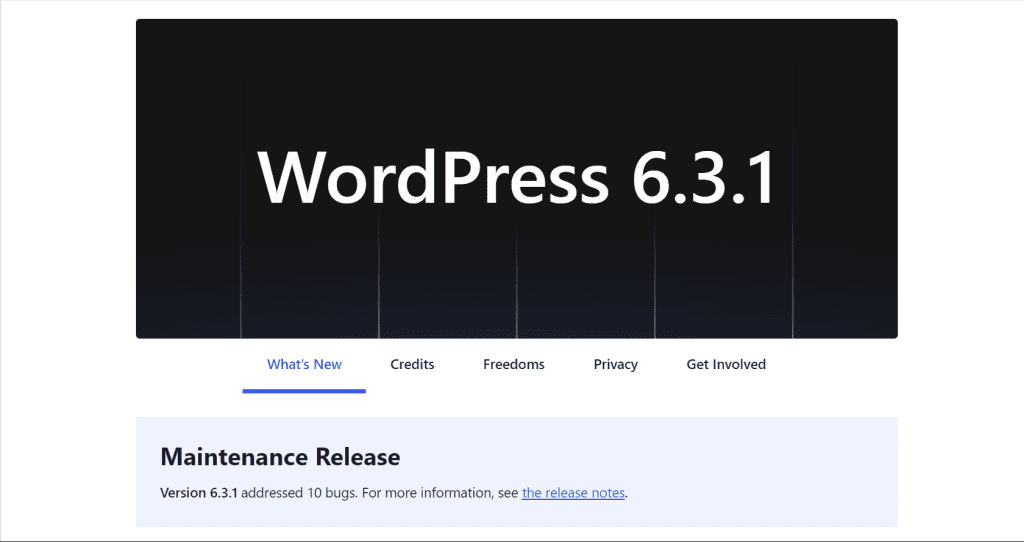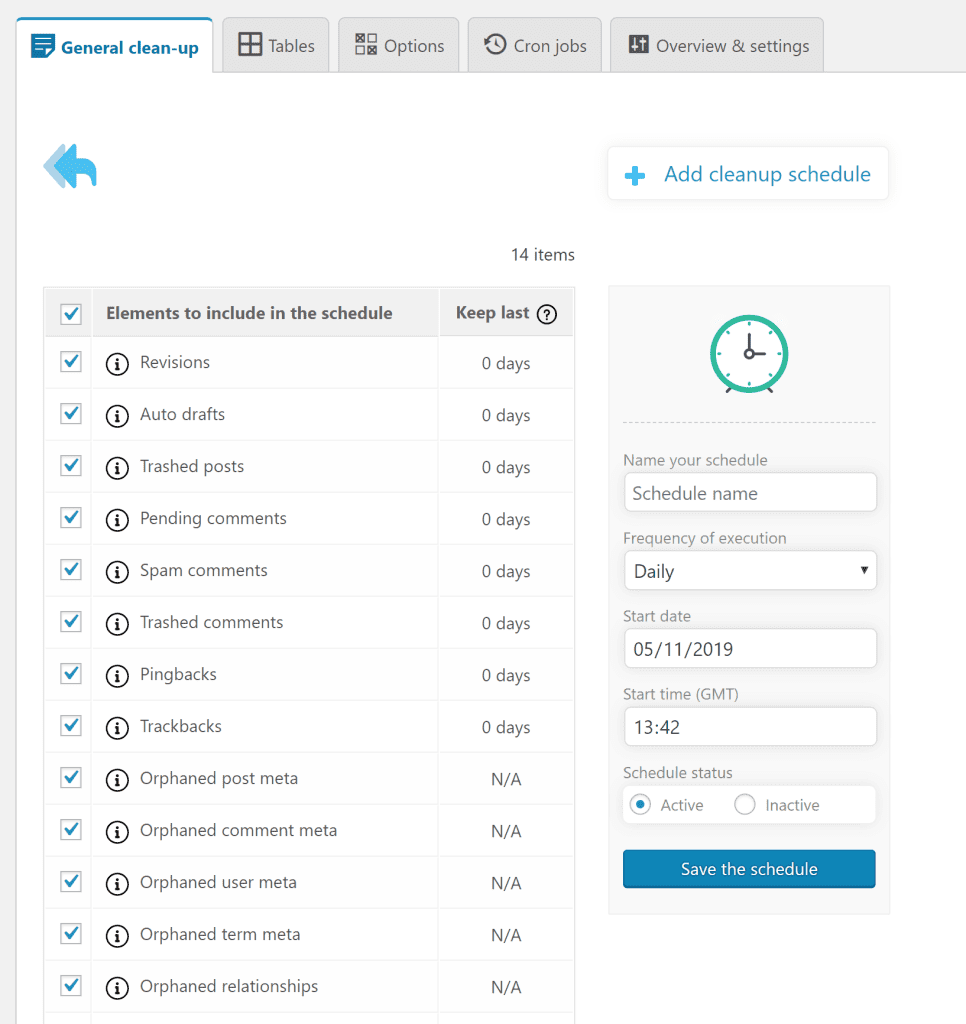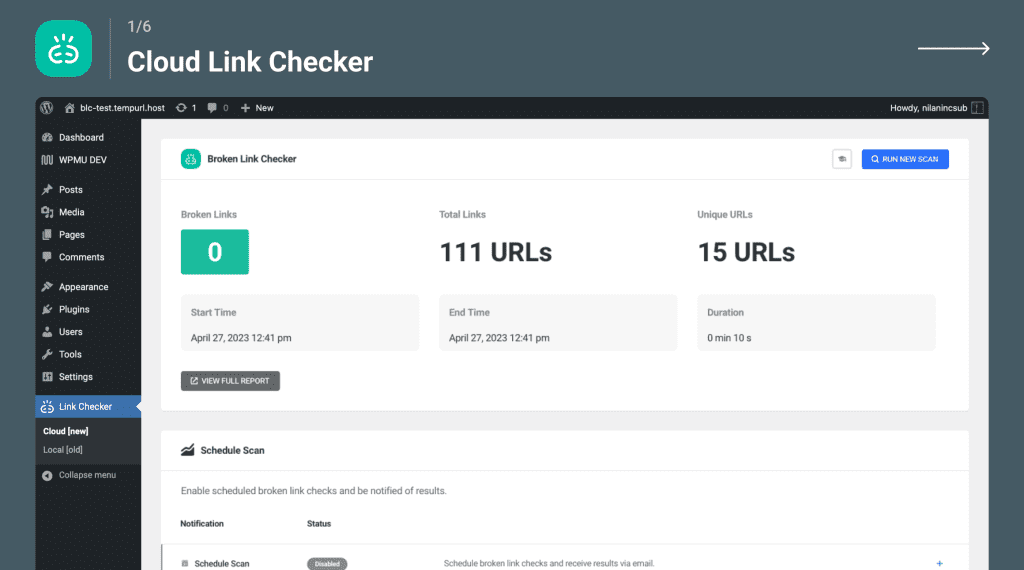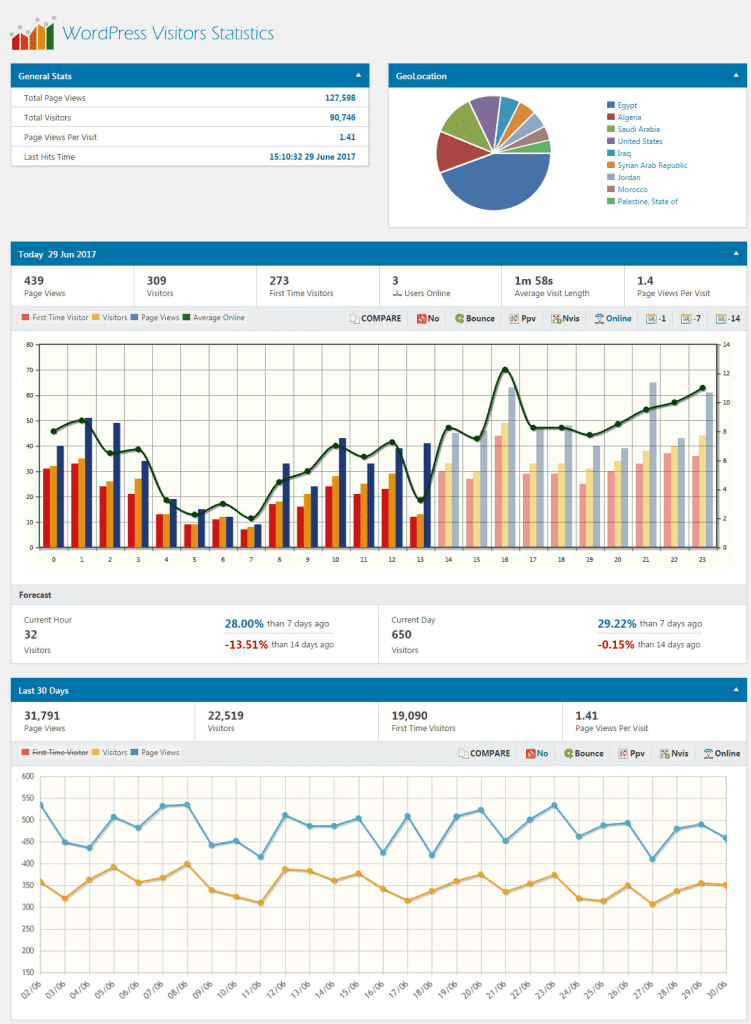WordPress Website Maintenance: A Complete Guide

WordPress is a popular software for website development and management, commanding more than 43.1% of the market share. Its versatility provides a wide range of features and capabilities to cater to diverse needs and preferences. However, it's important to note that WordPress requires regular maintenance as it doesn't thrive on "set it and forget it" setups.
Ongoing attention is necessary to uphold security, speed, and functionality. In this post, we will jump into the significance of WordPress website maintenance and explore effective strategies for carrying it out efficiently.
What is WordPress Website Maintenance?
WordPress website maintenance involves administering, upgrading, and optimizing a WordPress website for seamless operation, security, performance, and relevancy. It includes a variety of chores and activities to maintain and improve a WordPress-powered website. Taking care of your WordPress website involves several important tasks to ensure its smooth operation. These tasks include:
- Updating the WordPress core
- Plugins, and themes
- Backing up your site and database regularly
- Scanning for and resolving any security issues
- Optimizing your site's performance and speed
- Cleaning up unnecessary files in your database
- Checking for broken links
- Monitoring site traffic and analytics
- Testing functionality and compatibility.
Maintaining a WordPress website involves both automated and manual tasks. You can use tools to automate some of the maintenance tasks or schedule them, while others may require manual intervention.
The frequency of website maintenance depends on several factors, including the size and complexity of your site, the number of plugins and themes used, the amount of traffic it receives, as well as any customizations you have made.
Why is WordPress Website Maintenance Important?
It's crucial to regularly maintain your WordPress website because it helps protect your online presence from various potential issues.
- One of the main advantages of using WordPress is its ability to enhance site security. Because WordPress is widely used, it often becomes a target for cyberattacks. Therefore, it's important to regularly update your website with the latest security patches to strengthen its defenses against vulnerabilities. Regularly upgrading the WordPress core, plugins, and themes also helps prevent compatibility issues and bugs that may disrupt your website's functionality.
- In addition to security, maintaining a WordPress website is essential for improving performance. Slow-loading websites can lead to visitor frustration and negatively impact SEO rankings. To combat this issue, optimizing site performance should be a priority.
- Data loss prevention is another critical aspect of maintenance. Your website data is priceless and invaluable. Thus, backing up your site and database provides a safety net for server problems, hacking attempts, and human mistakes.
- Finally, WordPress website maintenance is essential since it makes your site look good and reflects your brand. Keeping your site error-free and user-friendly is crucial. Examining and fixing broken links, testing site functionality and compatibility across devices and browsers, monitoring site traffic and analytics, and updating site content all contribute to site quality.
10 Check List Points You Must Follow
WordPress is excellent for developing and maintaining websites but needs regular maintenance to work effectively and securely. WordPress website maintenance includes updating, backing up, optimizing, and monitoring. This post provides a 10-point WordPress website maintenance checklist to keep your site healthy and performing well.
1. Update WordPress Core, Plugins, and Themes

WordPress core updates ensure your website runs on the latest version, including security patches and bug fixes to strengthen its durability. Updating plugins and themes ensures compatibility with the current WordPress version and gives you access to new features and functionalities that improve site performance. Whether you use your WordPress dashboard to manually update or a plugin like [Easy Updates Manager], you must be cautious and rigorously back up your site and database.
2. Backup Your Site and Database
Backing up your WordPress site and database is another essential part of website maintenance. This thorough backing-up process protects your valuable site data from server failures, hacking attempts, human errors, and other unforeseen events. This critical task must be done regularly to preserve and store your data in a secure and dependable location. This repository could be an external hard drive or a cloud service like Dropbox or Google Drive to safeguard and access your backup data. You can manually backup using FTP or phpMyAdmin, a web-based MySQL database management interface, or automatically using a plugin like [UpdraftPlus].
3. Scan and Fix Security Issues

WordPress is a popular target for cyberattacks. Therefore, website administrators must regularly examine and fix security concerns. These security issues include malware infestations, brute force attacks, spam-filled comments, and complicated file permissions. These security problems can be scanned and fixed manually or automatically.
Administrators must carefully check file rights, password management, and login attempts when using the manual way. In contrast, plugins like [WPScan] automate and protect your WordPress site from threats.
An SSL certificate can also strengthen your site's security. This essential component creates an encrypted route between your server and web browser, assuring data security and protecting your site and users.
4. Optimize Your Site Performance and Speed
Sluggish-loading sites frustrate visitors and hurt SEO rankings, making their optimization essential for improving user experiences and conversion rates.
Optimizing your WordPress performance and speed requires a diverse strategy. This comprehensive strategy includes meticulously purging unnecessary elements from your database and files, judiciously shedding unused plugins and themes, caching site content for faster delivery, image compression to speed loading, and using a Content Delivery Network (CDN) for content distribution.
These optimization efforts can be achieved manually by deleting superfluous plugins and themes, caching content with [WP Rocket], and compressing images with [Smush]. You can also automate these operations with [WPMU DEV], which optimizes site performance and speed.
5. Clean Up Your Database and Files

Cleaning your database and files removes unnecessary or old data from your site. Revisions, draft copies, spam-filled comments, and temporary data are removed during this comprehensive cleansing. A thorough database and file cleansing improves your site's performance and speed. Reducing the size of your database and associated files speeds up site loading and operation.
Cleaning your database and files can be done manually or automatically. Manual administrators can use phpMyAdmin and FTP to perform this precise procedure. Automation is made more accessible by plugins like [Advanced Database Cleaner], which streamline the process and improve site performance by removing unnecessary data.
6. Check and Fix Broken Links

Broken links to non-existent or unavailable pages or resources on your site or external websites might have adverse effects. They often cause 404 errors, which annoy users and hurt your site's SEO. Thus, WordPress website maintenance requires checking and fixing broken links.
Administrative solutions for broken connections include manual checking and automated solutions. The manual method involves carefully reviewing your site's pages and articles to find and fix broken links. With plugins like [Broken Link Checker], you may automate the verification and repair of broken links by scanning your site.
7. Monitor Your Site Traffic and Analytics

Monitoring your site's traffic and analytics is crucial for understanding its performance and dynamics. This comprehensive work uncovers essential indicators, including visitors' characteristics, activities, and interactions in your site's ecology, how they find you online, and more. Continuously monitoring site traffic and statistics allows you to assess your website's success, enabling future decision-making objectively.
This monitoring can be done manually or automatically. Site metrics can be carefully examined and interpreted using tools like [WP Visitor Statistics (Real Time Traffic)] or [Jetpack]. Automated plugins like [MonsterInsights] make site traffic and analytics data collection and analysis more accessible for website managers.
8. Test Your Site Functionality and Compatibility
WordPress website maintenance requires meticulously examining your site's functioning and compatibility. Its main goal is to ensure your website works smoothly across browsers, devices, and screen sizes, giving users the best experience. This rigorous examination helps prevent technical faults and user complaints during site interaction.
These tests can be done manually or automatically. Administrators need tools like [BrowserStack] or [Responsinator] to evaluate site functioning and compatibility in various circumstances manually. Alternatively, plugins like [WP Test] automate the testing process, making it faster and more effective to ensure your site's operational excellence across platforms and configurations.
9. Update Your Site Content
Refreshing and renewing your site's content is crucial to providing users and customers with practical, relevant, and current information. This content updating process should include adding new pages and posts, revising older content to stay relevant, and removing outdated content that no longer serves its purpose.
This content updating effort improves site quality by adding fresh and relevant information, boosts SEO rankings by showing search engines your site's dynamism and relevance, and boosts conversion rates.
10. Update Your Site Design

Redesigning your website improves its beauty and usefulness. Your site's theme, color palette, fonts, and layout must be updated often. This intentional strategy revitalizes your site's design and usability, giving users a more engaging interface.
The benefits of site design updates range from aligning your site's branding with current trends and audience preferences to improving user experiences by creating a more visually appealing and intuitive environment, which can boost conversion rates by increasing user engagement and satisfaction.
Conclusion
WordPress website maintenance is an essential part of running a WordPress site. It helps keep your site secure, fast, functional, clean, error-free, user-friendly, fresh, relevant, and updated. Following the above tasks provided in this article, you can perform WordPress website maintenance effectively and efficiently.




